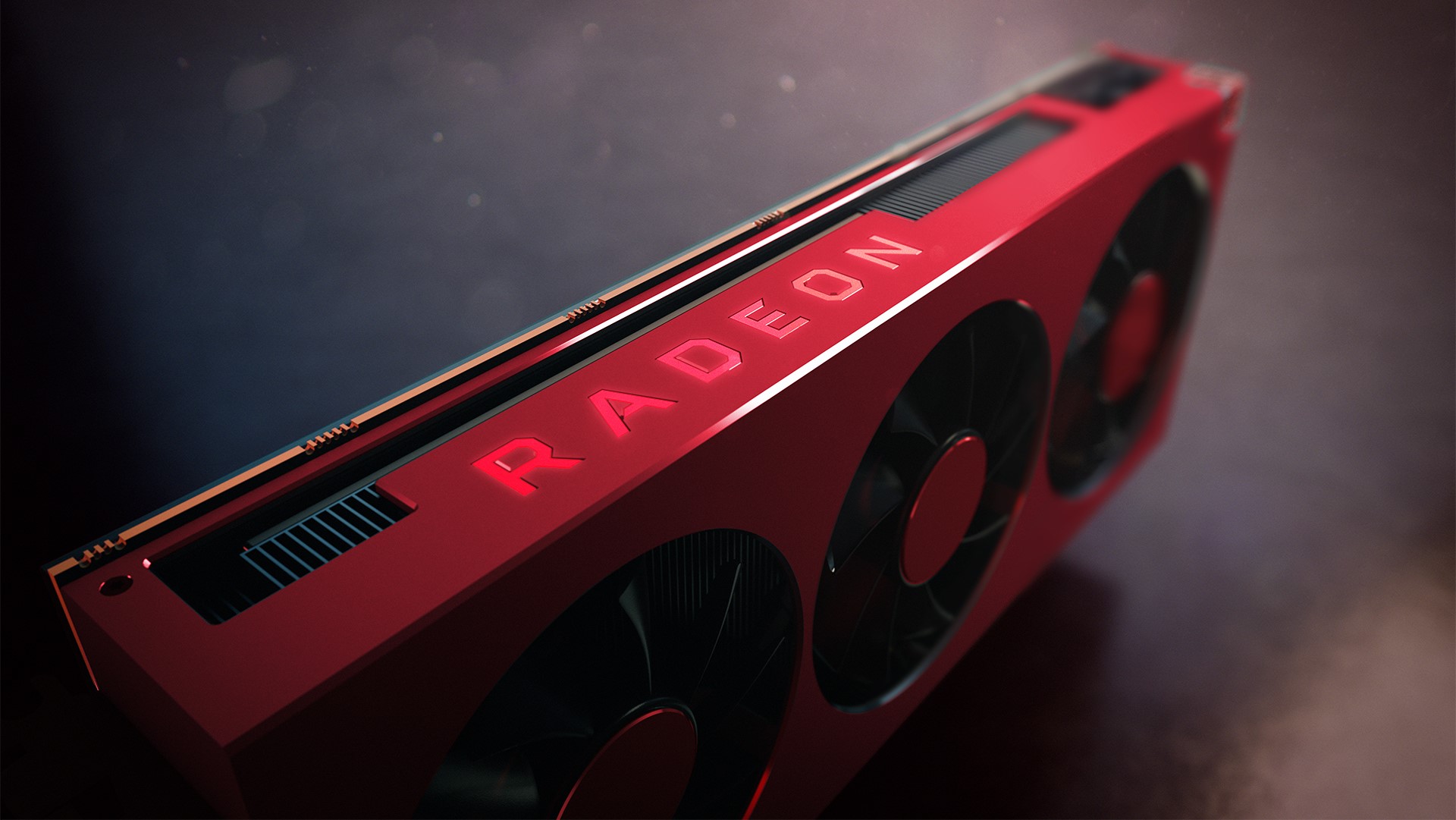AMD’s Infinity Cache could be Big Navi’s secret weapon to beat Nvidia’s RTX 3000 GPUs
To Infinity Cache and beyond?

AMD has just filed a trademark for the term Infinity Cache, lending more weight to the recent speculation on the GPU grapevine that this technology could possibly be the way that the firm powers-up its next-gen RDNA 2 graphics cards.
The trademark was spotted by well-known leaker @momomo_us who shared a link on Twitter.
AMD INFINITY CACHEhttps://t.co/SLGJVY9m6t♾October 5, 2020
Infinity Cache pertains not just to GPUs, but to processors, storage, memory, connectors, and indeed anything else related to PC components, as you can see from the trademark description. However, it’s thought that this could be AMD’s secret sauce to make Big Navi performance really fly (and obviously the timing of the trademark points that way, too).
- AMD promises Big Navi launch will be better than Nvidia’s RTX 3000 GPUs
- There could be some great GPU Amazon Prime Day deals
- These are the best graphics cards
The background here is that recent Big Navi rumors have been claiming that AMD is planning to run with a 256-bit memory bus for the flagship graphics card, prompting concerns that memory bandwidth might seem lackluster in comparison to Nvidia’s RTX 3000 range (the RTX 3080 runs with a 320-bit bus, and offers a memory bandwidth of 760GBps – a massive 70% improvement on its predecessor).
The theory is, though, is that AMD may have gone with a smaller 256-bit bus because it’ll be able to increase performance using clever tricks with the GPU’s architecture, and specifically the on-board cache. Hence that’s where the idea of Infinity Cache comes in – is this indeed said secret weapon to help combat Nvidia’s Ampere graphics cards?
Like a CPU, a GPU has small amounts of cache (usually L1 cache and L2 cache, the latter being bigger, but not quite as quick), which is on-board storage that’s right there on the chip and extremely quick to access (much faster than using video RAM).
The theory here is that AMD could be using a large cache with Big Navi, and therefore because it’s bigger, the likelihood of what’s known as a ‘cache hit’ – where any given piece of required data is in the cache already, so can be grabbed quickly – is much greater.
Sign up for breaking news, reviews, opinion, top tech deals, and more.
We could be talking about a 128MB cache here, compared to the existing Radeon RX 5700 XT which has 4MB of L2 cache, to give you some perspective – it’s a massive increase. Therefore, using this clever design, there shouldn’t be as much need to run to the video memory so often – there will be more cache hits – and therefore any constraints on the memory bus are offset by this approach.
If this is indeed the way AMD is going – and remember, this is ultimately just speculation, and needs to be treated as such – presumably the payoff of working things this way round is an impressive one. Otherwise the GPU maker wouldn’t have bothered, and the idea would have been abandoned somewhere along the research and development process.
Caching in
As Tom’s Hardware, which spotted the above tweet, points out, there could be other routes AMD might go with Infinity Cache on its graphics cards, such as an Adaptive Cache Reconfiguration approach which popped up in a patent last year. The idea here is that the smallest L1 caches could be shared between GPU cores – rather than each core only being able to access its own L1 cache – thereby optimizing and making the use of these caches more efficient, for an impressive performance gain that way.
Whatever the actual nature of the purported secret sauce, the idea in theory is to improve performance by tuning the cache and/or increasing size, therefore allowing AMD to get away with a 256-bit memory bus, presumably with compelling advantages therein.
Other bits of chatter from the rumor mill insist that the 256-bit bus leak likely pertains not to the flagship Big Navi graphics card, but a GPU further down the line-up, perhaps Navi 22 (Navy Flounder), but as ever this is all guesswork. At least we don’t have long to wait to find out now, as the RX 6000 launch takes place on October 28, just a few weeks from now.
- Check out all the best gaming PCs
Darren is a freelancer writing news and features for TechRadar (and occasionally T3) across a broad range of computing topics including CPUs, GPUs, various other hardware, VPNs, antivirus and more. He has written about tech for the best part of three decades, and writes books in his spare time (his debut novel - 'I Know What You Did Last Supper' - was published by Hachette UK in 2013).